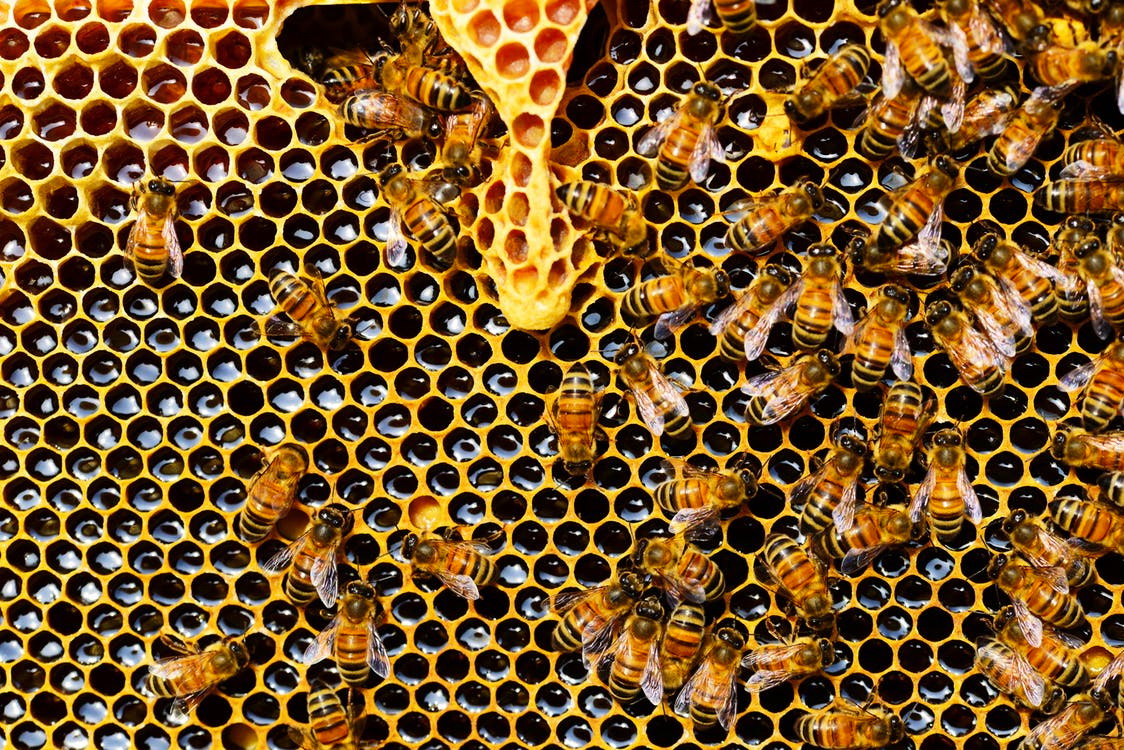History of beekeeping
- Who are the members of the hive: how they are born, how long they live and functions?
- How honey is made?
- How beeswax is produced?
- What is propolis and how is it produced?
The whole theory will be developed next to a hive, ahumandor, the instructor will remain with apicultural clothing. For professional and health reasons the beehive used will not have bees but the necessary material as well as honey, pollen and propolis. The visitors can enjoy the fresh flavors of freshly harvested honey from the hive, propolis and beeswax.
- You can see the dance of the bees where you will learn how three European scientists won the Nobel Prize in Medicine and Physiology. They also have visual material so that visitors can discover how a queen bee is born.
- The workshops are very didactic, they have bees in test tubes that will allow visitors to have a more real approach to the World of bees.
- Stamping of beeswax.
- Newly harvested frame unsealed.
- Chewing gum tasting of the beekeeper (honey comb)
- Mead tasting (drink of Greek origin) or drink of the gods.
- Souvenir delivery (glycerin soap, honey and passion fruit)
Capacity
10 – 15 people
Conditions / Restrictions
Not allowed for people allergic to bee stings or products based on honey
Access
Private transport: Ronda Park
Public transport: Trolleybus, stop at Santo Domingo
Address
Calle Morales – La Ronda casa 925
Duration
45 – 60 MIN
Prices
No. of people / Price per person
1 / $ 20,00
2 / $ 15,00
3 a 9 / $ 8,00
10 / $ 7,00
Contacts
Mayra Quishpe
api.real1@gmail.com
2957305
0985004043
0981862257
[button linking=”default” link=”http://www.creativetourismnetwork.org/quito-equador/” align=”center” size=”medium” type=”standard” style=”solid” icon=”arrow-right” text_color=”#FFFFFF”]More activities in Quito [/button]










